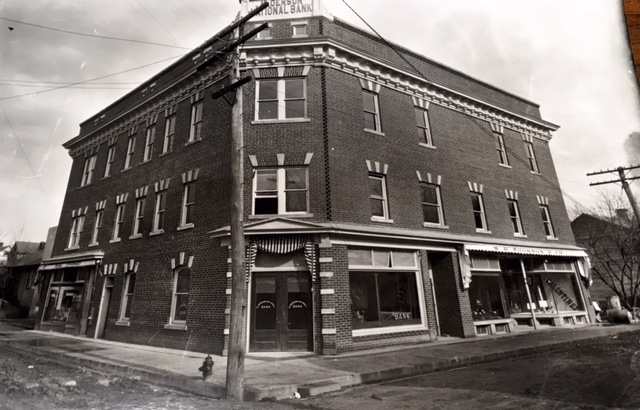Greenbrier County has recently been in the news as the U.S. Fish and Wildlife Service has proposed the West Virginia Spring Salamander for endangered species protection. There are an estimated 300 of the salamanders remaining, and they have been found only in the General Davis Cave near Fort Spring.
The cave is named for General Alfred Ward Grayson Davis, beneath whose farm the cave lies. Davis was born in Kentucky and enrolled in the U.S. Military Academy at West Point, NY in 1824. At West Point, he may have roomed with his cousin, Jefferson Davis, who became President of the Confederate States of America. Leaving West Point before graduating, Davis was appointed by President Andrew Jackson to become the Attorney General of the Arkansas Territory. He moved to Mississippi in 1831 to plant cotton and was elected Major General of the Mississippi Militia.
While visiting White Sulphur Springs, local historian Ruth Woods Dayton wrote, “… he [Davis] happened to be on the veranda at the time an unusually attractive young lady was arriving in her carriage. Turning to his companion, he said, ‘What a beautiful young lady! You are seeing the future Mrs. Davis.’” The young lady was Rachel Stuart, granddaughter of Greenbrier County pioneer Col. John Stuart. According to Dayton, Davis and Stuart were engaged in three weeks and married shortly thereafter.
The Davis couple settled on a farm that had been part of the Stuart family land holdings. Master mason John Dunn built them a large brick colonial home they named The Cliffs. Davis was elected to the Virginia state legislature and was a delegate to Virginia’s secession convention. A slave owner, Davis supported secession and was appointed Quartermaster of the Confederate Army with the rank of major and put in command of Greenville, South Carolina. Suffering ill health, Davis left the army but was captured and mistreated by Union soldiers on his way home. He is reported to have been an invalid the rest of his life.
The cave on the Davis farm was also newsworthy in 1856. While plowing a field, according to a news report, one of Davis’ farm hands and his horse fell into the cave when the ground collapsed. The horse perished and the farm hand found himself 150 feet below the surface in a stream. Being alone and a mile from the Davis house, he knew he could not yell for help. He figured the underground stream was Sinking Creek. Unable to climb out of the hole, he followed the stream in total darkness and sometimes had to swim submerged under water. Some 48 hours later, he emerged from the cave at what he recognized as the Greenbrier River.
The Davis farm remained in the Davis family until 1967. Later, it was purchased by George and Helen Aide and John and Mildred Beury who conveyed the cave’s entrance and a right-of-way to it to The Nature Conservancy. The cave is gated to protect the salamander’s habitat.
Photo by Dr. Dante Fenolio.
Sources: Greenbrier Pioneers and Their Homes by Ruth Woods Dayton, A History of Greenbrier County by Otis K. Rice, The Wheeling Intelligencer, Hiram George Runnels letters.



